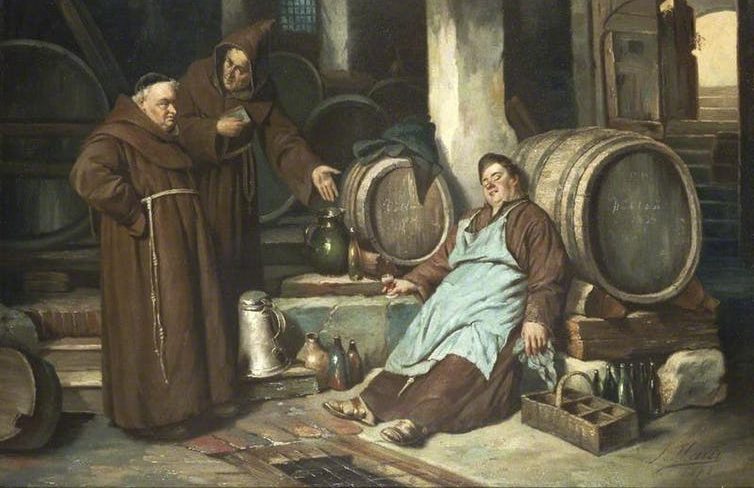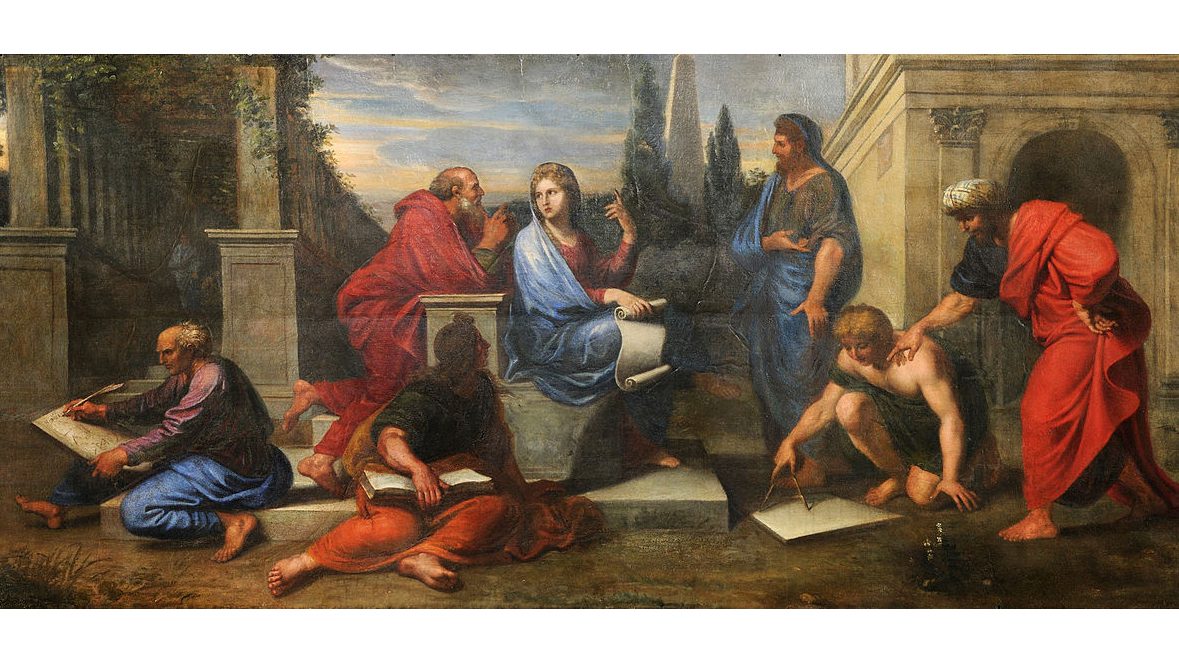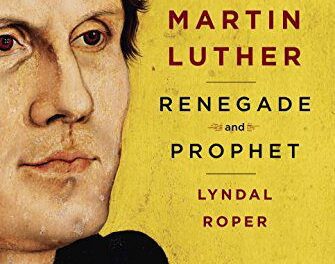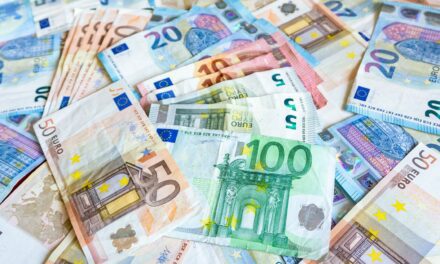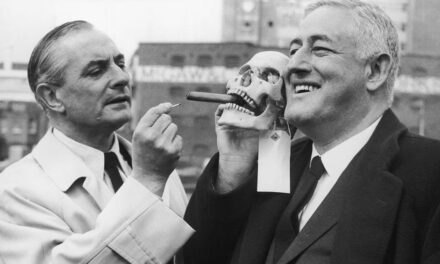Reading time: 8 minutes
Girolamo Savonarola, an Italian preacher and reformer, led an interesting life. His ideologies and strong stance on the exploitation of the poor, clerical corruption, and despotic rule made waves in Renaissance Florence. Savonarola is best known for the Bonfire of the Vanities and his staunch denouncement of the arts. But how did he become such a prominent figure in society, rising through the ranks to become the eventual leader of Florence at the height of its power in Italy? And what caused this dramatic rise to come crashing down?
By Madison Moulton
The Rise Of Savonarola
Early Years and The Church
Girolamo Savonarola was born in 1452 in Ferrara. Being from a noble family, Savonarola was highly educated. His grandfather, Michele Savonarola, a physician, humanist, and historian, oversaw his education. Following his grandfather’s death, however, he is believed to have gone to a public school. Here Savonarola became exposed to the classics, art, and Renaissance writings. Despite his later life ambitions, he went on to achieve an arts degree. Before he entered the church, Savonarola aimed at joining medical school. But he abandoned that career path in favour of Christ.
Joining the Church
During his schooling years, Savonarola wrote several poems. Many elude to his fascination with the church and life in religion. Some highlighted his anti-clerical stance. The two poems, De Ruina Mundi (‘On the Ruin of the World’) and De Ruina Ecclesiae (On the Ruin of the Church), highlight these standpoints in particular.
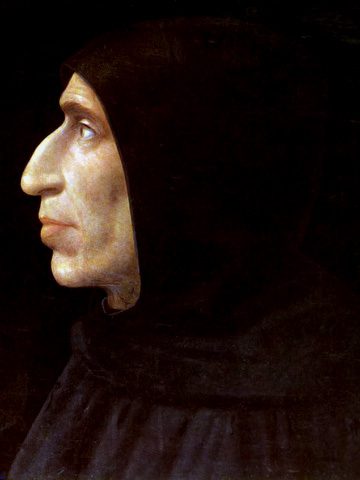
By 1475, Savonarola went to Bologna, where he joined the Order of Friar Preachers. There, he immersed himself in theological and philosophical studies. Despite his entrenchment within the church at this point in his life, he remained openly critical of certain aspects of the clergy.
After just three years, Savonarola was sent to Ferrara. From there, he was sent to the convent of San Marco in Florence to lecture and preach. His presence in Florence during the 1480s made little impact on the people. His teachings on logic, ethics, government, and philosophy weren’t well received. Florentines rejected his foreign-sounding Ferrarese accent and many considered him inelegant and a weak preacher.
His time in Florence, despite failing as a preacher, would start his prophetic journey. He received his first prophecy in Florence, one outlining the seven reasons why the church needed to be renewed. These were not well received.
In 1487, he returned to Bologna, becoming a ‘master of studies’. After a year of teaching at the school of general studies in Bologna, Savonarola found himself back in Florence. His return was at the behest of the famous Giovanni Pico Della Mirandola, who had called in a favour with the de facto ruler, Lorenzo de Medici.
This time though, Savonarola’s preaching did make an impact, drawing attention from all over Florence. Little did Lorenzo de Medici know, the ruling family’s most outspoken opponent was now on their doorstep.
Conflicts With Power
All the while, the Roman Catholic Church became increasingly corrupt. Savonarola’s preaching spoke out against its wrongdoings and continued to call for reform. Savonarola mainly preached from the Book of Revelation and the First Epistle of John.
Within these sermons, he openly preached against tyrant usurpers and exploiters of the poor. Lorenzo de Medici attempted to quell these preachings against his family, to no avail.
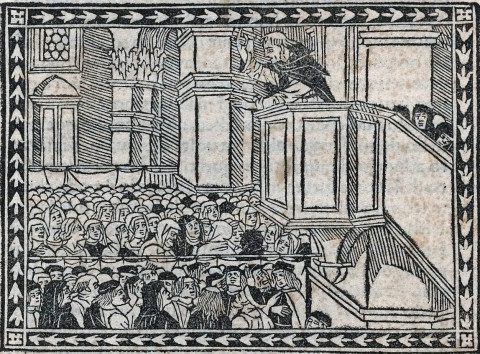
Despite his ever-growing band of followers and mass popularity, he was still shunned by many. Many considered him a preacher of the desperate, with scoffers calling his followers Piagnoni (Weepers). Their main disdain towards his preaching was their prophetic nature.
Savonarola predicted the death of Lorenzo de Medici, the invasion of Italy by a foreign king, and even the death of Pope Innocent VIII. Two had proven to be true, as Lorenzo and the Pope succumbed to illnesses.
In 1494, a third prediction would come to be true, when the French King, Charles VIII, invaded Italy. The country was thrown into political turmoil. The Medici’s were overthrown and several Tuscan strongholds came under French rule.

Savonarola increased his overall authority by entering into negotiations with Charles VIII. He persuaded the French King to leave Italy and emerged as the sole leader of Florence.
The Rule of Savonarola
Like the Medici family, Savonarola held no public office. Under the guise of guidance, he helped establish a new constitution and a democratic republic in Florence. His influence grew, allowing for rapid change. Soon, a ten percent property tax was in place. He further advocated for the employment of the poor, even establishing a bank for charitable loans.
Following his earlier sermons, Savonarola continued to preach against what he deemed vices and frivolity. His words became law. Gambling was prohibited along with sodomy, public drunkenness, and any act that he and his followers deemed immoral. People were even encouraged to wear plain, sombre clothes, against the traditions of the Medici. Young boys and men were recruited to patrol the streets and curb any ‘immoral’ behaviour on behalf of Savonarola.
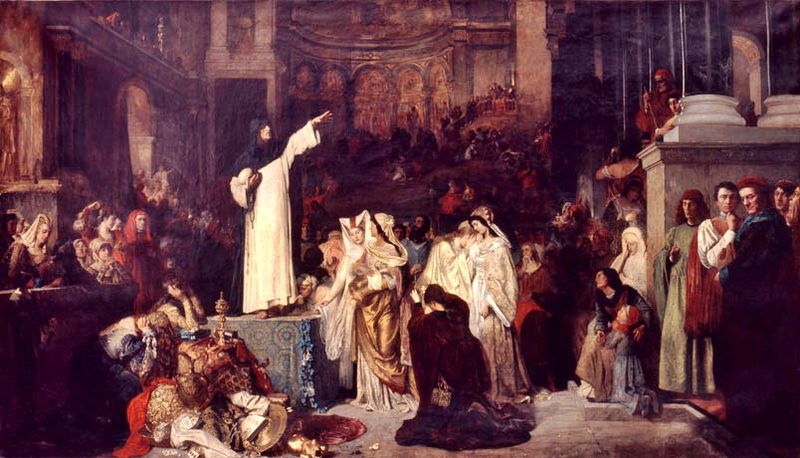
The height of Savonarola’s war against vanity and immoralities came in 1497. He and his followers carried out the first Bonfire of the Vanities. Mirrors, Renaissance artwork, and manuscripts were collected from homes. Women would give up their fine clothing and hats, men their gaming tables and chess pieces. Musical instruments, pagan books, and sculptures were also collected. All were placed in a huge pile in the middle of Piazza Della Signoria of Florence and set alight. These bonfires continued for several months, causing the loss of hundreds of irreplaceable Renaissance art and literature.
Many supported these bonfires, but they also marked the beginning of Savonarola’s downfall.
Downfall
The Florentines soon became tired of Savonarola and his strict laws. When his enemies came bounding in, the people of Florence quickly turned on him.
As with any leader, Savonarola gained many enemies during his rule. Pope Alexander VI was among these enemies. At first, he turned a blind eye to Savonarola’s preaching and prophecies. However, the Pope was forced to act when Florence refused to join his Holy League against the French King. Savonarola was subsequently blamed and banned from preaching. He defied the pope, his preaching becoming more violent.
In May 1497, during his Ascension Day sermon, the people turned against Savonarola. His political enemies took advantage of the unrest, with the pope excommunicating him several days later. The following year, Pope Alexander demanded his arrest and execution.
April 1498 saw a bloody attack on the convent of San Marco, where many Savonarola supporters were killed. Savonarola and his two associates had no choice but to surrender.
Savonarola was charged with heresy, uttering prophecies, and sedition.
After several weeks of torture, Savonarola and his associates signed confessions, stating that all Savonarola’s prophecies were fake.
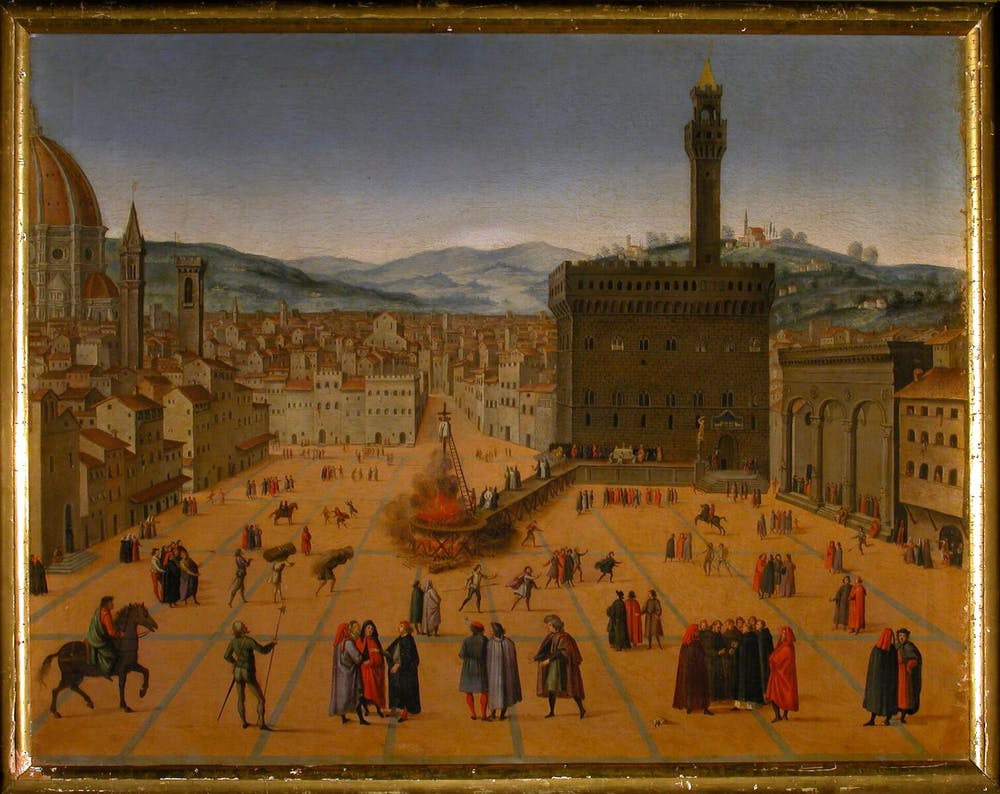
On 23 May 1498, all three men were led out onto the main square. They were condemned and sentenced to die by a tribunal of government officials and high clerics. Each was hanged on separate gallows, with fires being set below, so their bodies would burn.
Legacy
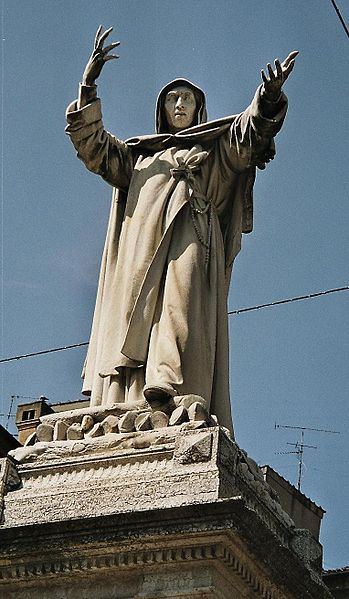
Despite the controversy spurred by Savonarola and his teachings, a cult was created in honour of the three and they became martyrs. Savonarola was portrayed in paintings with medals and the title beatus, meaning blessed. Saints such as Philip Neri and Catherine de’ Ricci revered him a saint, even though he was never canonized. In 1952, on the 500th anniversary of his death, there was talk within the Church to canonize him.
His legacy reached Germany, Switzerland, and France. Much of his work was published and inspired several prominent historical figures, including Martin Luther.
Girolamo Savonarola’s life affected Italy in many ways. He became best known for his Bonfire of the Vanities and stance against the Church. He never saw himself as an enemy of the Church, just someone who sought reform and eradication of immorality. His legacy went on to inspire the like of Martin Luther, another priest who openly spoke against the Church.
Articles you may also like

ROME’S AUGUSTUS AND THE ALLURE OF THE STRONGMAN
ROME’S AUGUSTUS AND THE ALLURE OF THE STRONGMAN The Roman emperor Augustus is held up by some as a statesman who brought peace, and as a potential model for the future. But what was the cost of Augustus’ peace, and how real was it? On his 2012 honeymoon to Rome, Facebook founder Mark Zuckerberg took […]

